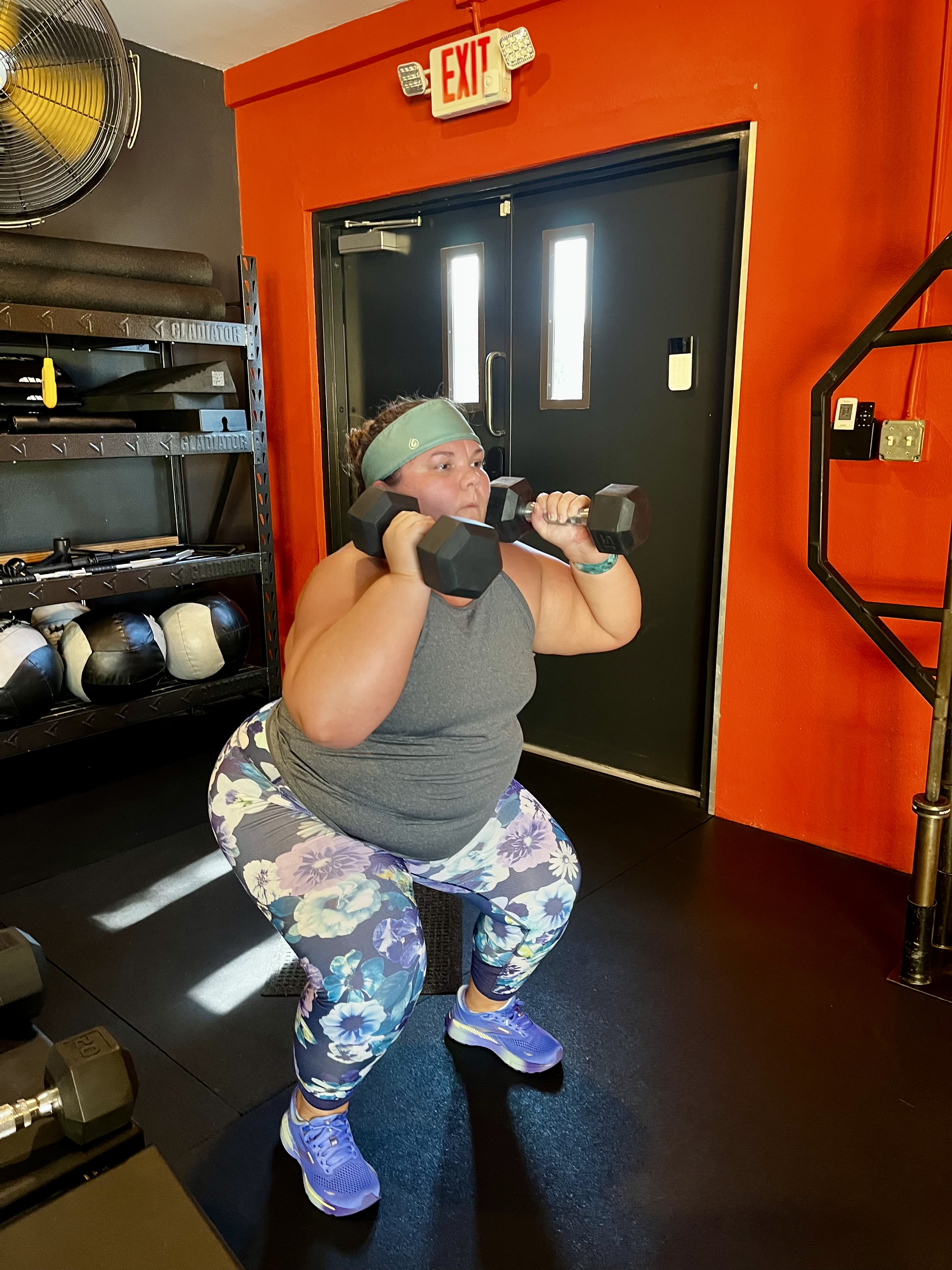Strength and conditioning is probably just Golidlocks and the Three Bears. Not too hot, not too cold, just right. Success is in the middle, not the extremes.” – Mike Boyle
When designing a resistance training program, there are typically seven variables that need to be considered. These variables include
1) goal setting
2) exercise selection
3) training frequency
4) exercise order
5) training loads and repetitions
6) volume
7) rest periods
Every program has to start with the goals of the individual and the body movement needs they require. Once the needs or goals are identified, the meat and potatoes of a program can be developed.
A common question we see in the personal training sector is just how many exercises should someone do during a workout session. The best way to answer this question is to identify two factors: how much time is being dedicated to a training session, and what is the training goal desired?
When designing programs we typically aim for four training goals: strength, power, hypertrophy, and muscular endurance. Strength is the maximal force that a muscle(s) can generate at a specific speed, while power is the product of force on an object or the ability to exert force quickly. Hypertrophy is the growth of muscle while muscular endurance is the ability to move for extended periods of time. Another factor to consider is the “training age” of the individual, or how long this person has been engaged in resistance training. A novice can see gains by training as little as twice a week, while an advanced athlete would require 3 or more sessions per week.
Repetition of exercise is determined by the goal.
For muscular strength, the resistance should be high and consist of 2-6 repetitions for 2-6 sets. For muscular power, resistance should also be high and consist of 2-5 repetitions for 3-5 sets. Hypertrophy of muscle is achieved through moderate resistance with 6-12 repetitions of 3-6 sets, while muscular endurance is achieved through lighter resistance with 13-25 repetitions of 2-3 sets. Once these variables have been considered, the goal is to perform targeted exercises which will achieve the desired goals. Exercise order does matter; exercises which require more strength or power should be completed first with more focus on recovery. For someone looking to develop power for a sport, a training session may include 1-2 power lifts, followed by 2-3 core exercises, and followed by 2-4 assistance exercises. For someone looking to develop their strength, they may include 2-4 core exercises followed by 2-6 assistance exercises. While someone looking for an endurance focused session would complete 1-2 core exercises and 5 or more assistance exercises.
Utilizing a certified allied health professional, like the personal trainers at The Athleticus, is an ideal way to ensure your strength training programming is developed safely and efficiently. With the help of experts like ours, your form, intensity, and recovery are tailored to your needs. These small details in addition to a comprehensive fitness program design are the best ways to achieve your health and fitness goals.
The Athleticus is a Gulfport gym that focuses strictly on personal training and corrective exercise and if you are in Gulfport or St. Pete, searching for Personal Trainer Near Me you will find us at the very top of your search results!
Essentials of strength and conditioning / National Strength and Conditioning Association ; Thomas R. Baechle, Roger W. Earle, editors. 3rd edition. p.; cm.




